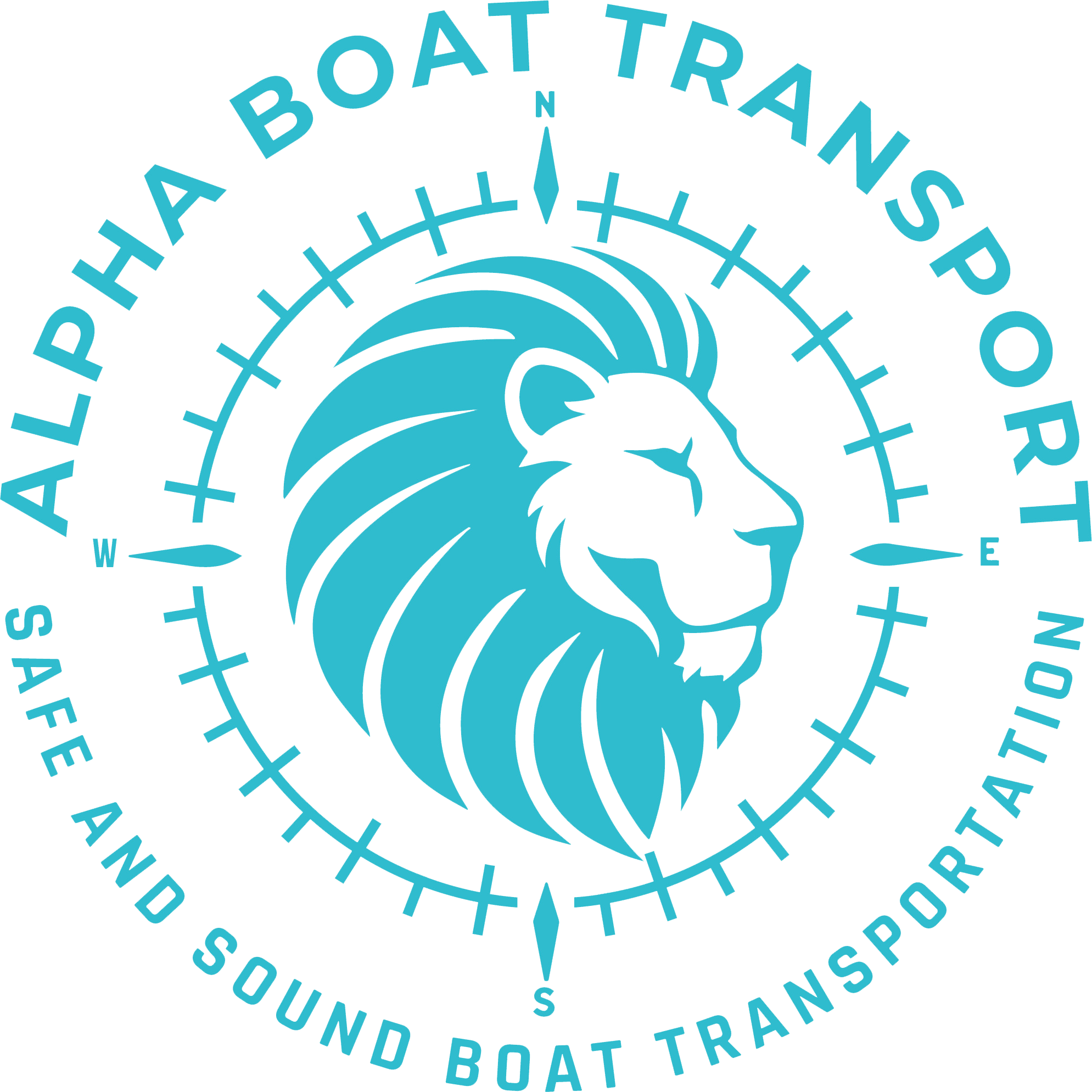Shifting Tides: Why Transporting a Sailboat Just Got More Complicated
Imagine this: It’s early October, you’ve got a 40-foot sailboat shrink-wrapped and strapped to a heavy-duty trailer, ready to haul north from Galveston before hurricane season gets gnarly. Suddenly, you’re hit with an unexpected snag — new escort car requirements that weren’t on the books last year. Sound familiar?
According to a comprehensive transport systems report by maritime scholars on ResearchGate, evolving infrastructure demands and increasing coastal damage from seasonal storms are changing the way goods — boats included — move across highways. And for sailboat movers, the rules in 2025 ain’t what they used to be.
Bottom line is this: New state escort mandates, insurance shifts, and permit complexities are now doubling prep time and slamming unexpected costs onto boat owners, especially those with oversize loads crossing multiple state lines. Let’s break down what that means — and more importantly — how to stay ahead of it.
New DOT Guidelines Are Squeezing Oversized Boat Transport
Listen, if your sailboat’s beam pushes north of 12 feet wide, your transport just got trickier. Texas, for example, just updated its escort requirements: where you used to sail through with one car, now you may need two — both certified, both pricey.
Meanwhile, Florida’s throwing height curveballs — anything over 14’6″ now requires a pre-haul route survey. That means boots on the ground checking every overpass and tree branch. Why? Because hurricane-season infrastructure damage is real — and DOT officials aren’t taking chances with collapsed bridges or split asphalt.
I had a client last month — dual-axle trailer, 43-foot cutter — who got delayed two days in Ocala because a surprise FDOT survey flagged an unsafe right-turn corridor. That’s two days of motel bills, security concerns… frustration up the wazoo.
Related Insight for Coastal Hauls
If you’re planning a route from a Gulf Coast marina, best believe that boat transport in Texas now requires extra precision for weekend hauls and peak hurricane periods.
Insurance Gaps Are Wider Than Owners Realize
Let me tell you something — the paperwork headaches aren’t just from DOT. Marine insurance providers — spooked by a 27 percent rise in cargo theft last year — are rewriting fine print overnight. An average theft incident? Over $202,000 in hull loss and contractor claims.
Now they’re decoupling water coverage from land liability. If you’re using cheap sailboat movers who don’t understand the policy language? You’re wide open. Literally.
And don’t assume your yacht’s policy bridges coverage while it’s being hauled. It usually doesn’t. You need what’s called a “land transit endorsement” — and even then, liability minimums are climbing quick.
Better Than a Policy Rethink
When considering liability clarity and insured high-value hauls, many owners rely on top-rated boat transport companies that understand how to structure coverage from marina to final slip.
Trailer Limits and Weight Distribution Got Stricter
Now here’s where the rubber literally meets the road. DOT regulators are clamping down on axle loads. For single-lane or two-lane rural roads, you can’t exceed 20,000 pounds per axle, and you can’t fudge numbers anymore.
My cousin Sal in Syracuse — big-time hauler — said they just got hit with a $1,400 fine in Virginia for being 620 pounds over on a tandem rear axle. Inspector had laser scales. No excuses. It’s not just about permits — it’s about enforcement.
And let’s not forget balance. A poorly loaded vessel can make a transport rig sway, especially over long-haul inclines. That’s dangerous for you, the cargo, and everyone around you.
Smart Solution
Rigid state protocols mean working with long-distance boat hauling pros isn’t just smart — it’s required if you want peace of mind on multi-state trips.
The Clock’s Ticking on Permit Processing
While you’re waiting on that second espresso to kick in, let me ask — did you factor in permit lead times? Because Florida and Georgia now demand 7–10 business days minimum for any escorted oversize load. That’s *business days* — so forget weekend processing.
Also, some states stopped issuing same-day permits altogether thanks to staff shortages and new risk metrics from their DOT offices. That means? Delays stack up faster than ropes in a storm.
The workaround is lining up documentation weeks in advance — VINs, dimensions, pilot car certs, route maps. It’s a paperwork ballet.
Simplify Everything
Hiring handlers experienced in dedicated sailboat transport means you don’t deal with faxing forms or arguing with clerks. They already know state-specific cycles.
Route Planning Now Requires Satellite Accuracy
Google Maps can’t cut it anymore when you’re dragging a 14-foot-high cruiser down Interstates littered with overpasses under repair. I was moving a catamaran near Biloxi last fall and the only viable detour added 88 miles and two tolls.
That’s why surveys are getting mandatory. New tools like LiDAR, infrared terrain mapping, and drone corridor inspections are essential components of safe oversized hauls in storm-prone areas.
If your hauler doesn’t employ digital route tech? They’re gambling with your investment. Plain and simple.
Trust, But Verify
Ask about route intelligence when choosing boat transport services — legit ops will map every bolt-down bump in advance.
Storm Season Escalates Risk
Every October, route risk increases. Flooded roads, washed-out shoulders, fallen branches — they don’t just impact delivery times. They wreck boats in transit.
Ever seen a 12-foot beam drift into a Jersey barrier because rainwater slicked the brakes? I have. Twice.
From June through November, transit risk in the Southeast is quadrupled. You better believe Florida, Georgia, and the Carolinas bake storm mitigation clauses into their DOT legislation now.
Trusted in High-Risk Areas
For consistent results during seasonal windows, experienced South Carolina boat movers and their Carolina counterparts track real-time pathing during storm rebounds.
Why Sailboat Movers Need Specialized Experience
Listen, general freight haulers are a dime a dozen. But white-glove sailboat movers? They’re in another league. The margin for error with a mast-lined deck or hull duct-taped for inspection? Insanely small.
Those deck angles matter. The tie-down engineering changes on catamarans. Windage calculations affect recommended speed. This ain’t about slapping straps on a rowboat.
You’re not “paying for transport” — you’re investing in structural safety, delivery reliability, and insurance transparency. It’s a different ballgame.
Only Experts Know the Details
That’s why smart owners shortlist SAILBOAT-specific checklists and don’t rely on generic templates.
Frequently Asked Questions
What are the new escort requirements for oversized sailboats?
In 2025, most states now mandate two certified pilot cars for isthmuses or highways where the vessel exceeds 12 feet in width — especially in areas like Texas and Louisiana. Height thresholds, like Florida’s 14’6″ rule, also require upfront surveys. Professional sailboat movers are already aligned with these updates.
Do I need separate insurance when hauling my sailboat?
Yes. Your standard hull policy likely doesn’t cover road transit. You need a land transit endorsement or a dedicated inland marine transport policy — which, frankly, most reliable sailboat movers provide or wrap into their quote.
How do I know if my boat haul travels through storm-risk zones?
Regional haulers often integrate real-time weather overlays and route risk analytics during high-impact seasons. Ask your contractor if they conduct route-specific hazard scans — and only work with those who do.
Why does it take so long to get transport permits now?
DOT staffing shortages, updated digital submission systems, and increased inspections have stretched processing times. Some states can take up to two weeks — which is why experienced sailboat movers submit proactively.
How can I reduce risk when moving my sailboat long-distance?
Choose a company that combines accurate load planning, insurance clarity, route inspection protocols, and storm-path intelligence. Check whether they offer in-transit monitoring or schedule flexibility when weather worsens.
Can I still haul my sailboat during hurricane season?
Yes — but risk mitigation is key. Avoid weekend runs, coordinate with storm impact reports, and confirm that your carrier has responsive coverage plans. Some states even suspend permits during active storm watches.
Should I use a sailboat-specific hauler instead of a general boat transport company?
Absolutely. Sailboat movers understand the nuances of keel clearance, mast prep, wind profile, and surge straps. One-size-fits-all transporters often miss these critical details, risking structural damage or insurance voidance.

